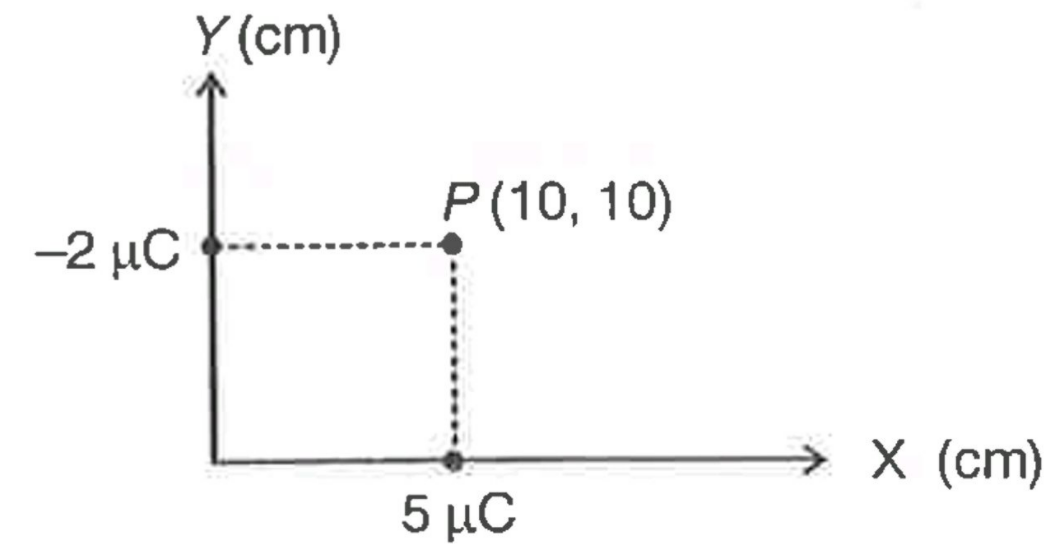In a certain charge distribution, all points having zero potetnial can be joined by a circles S. Points inside S have positive potential and points outside S have negative potential. A positive charg, which is free to move, is placed inside S
It will remain in equilibrium
It can move inside S, but it cannot cross S
It must cross S at some time
It may move, but will ultimately return to its starting point
The correct Answer is:C
A free positive charge move from higher (positive) potential to lower (negative) potential. Hence, it must cross S at some time.
Similar Questions
Knowledge Check
Can a body have charge and still be at zero potential
Ayes, alwaysByes, but not alwaysCneverDdepends upon the nature of chargeIf a charge is placed on a conductor having a pointed end, then
Athe charges get accumulated at the pointsBthe charges get distributed around the conductorCthe charges collect inside the conductorDnone of the aboveSTATEMENT-1 : A positively charged body, may have negative potential.
and
STATEMENT-2 : A positively charged body have electrons inside it.AStatement-1 is True, Statement-2 is True, Statement-2 is a correct explanation for Statement-1BStatement-1 is True, Statement-2 is True, Statement-2 is NOT a correct explanation for Statement-1CStatement-1 is True, Statement-2 is FalseDStatement-1 is False , Statement-2 is True
Potential at any point inside a charged hollow sphere :
View SolutionPotential at any point inside a charged hollow sphere :
View SolutionA solid insulating sphere of radius R is given a charge Q. If at a point inside the sphere the potential is 1.5 times the potential at the surface, this point will be
View SolutionAn action potential in the nerve fibre is produced when positive and negative charges on the outside and the inside of the axon membrane are reversed, because
View SolutionAssertion: Conductors having equal positive charge and volume, must also have same potential.
Reason: Potential depends only on charge and volume of conductor.
View Solution

